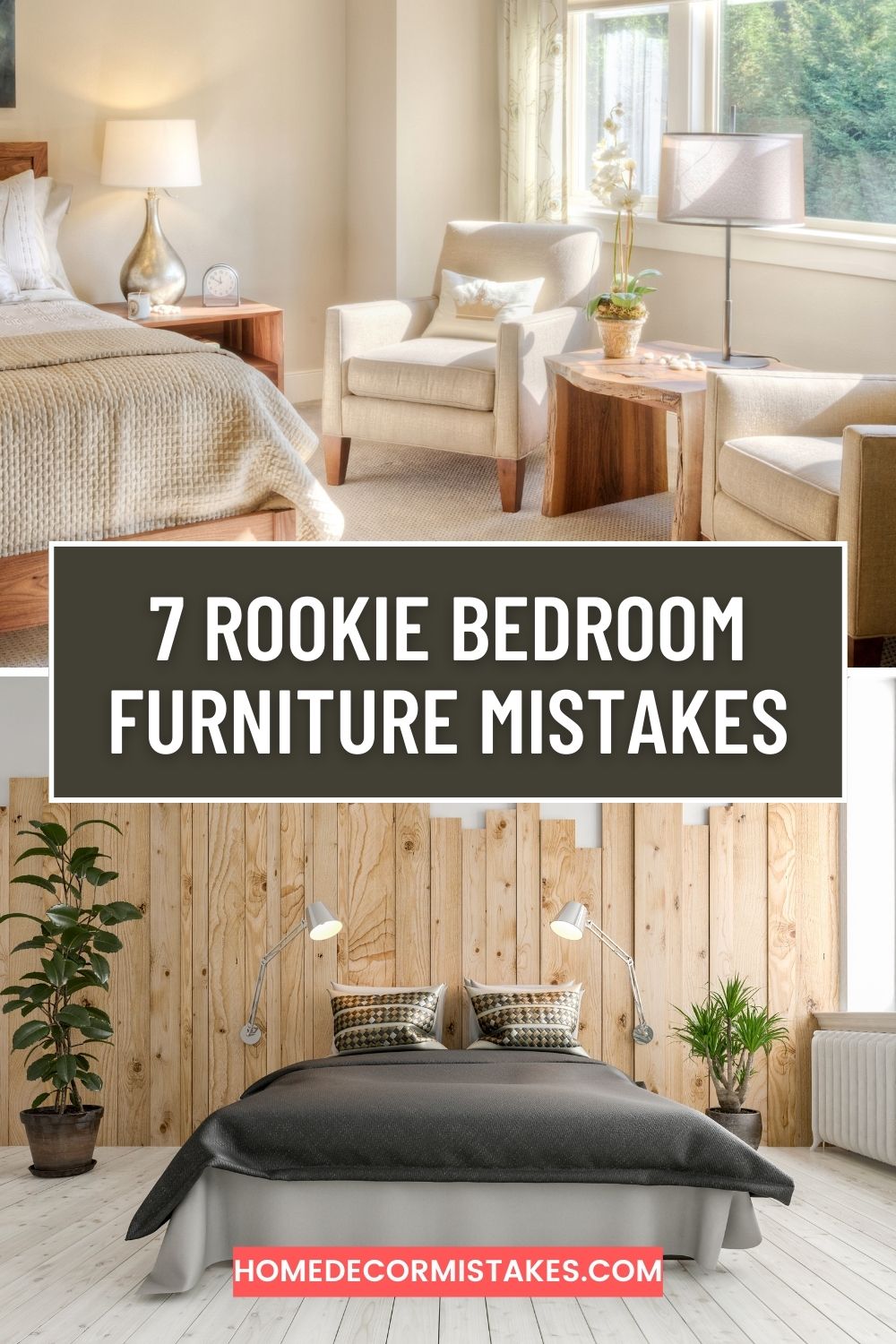7 Rookie Bedroom Furniture Mistakes and How to Avoid Them
Designing your bedroom can be an exciting yet daunting task. With so many choices and styles, it’s easy to feel overwhelmed and make mistakes. To help you create the bedroom of your dreams, we’ve compiled a list of the most common rookie bedroom furniture mistakes and how to avoid them.
1. Overcrowding the Space
One of the most frequent mistakes is overcrowding the bedroom with too much furniture. While it’s tempting to fill the room with various pieces that catch your eye, this can make the space feel cramped and cluttered.
How to Avoid It:
- Plan Your Layout: Measure your room and plan your furniture layout before purchasing. Use graph paper or an online room planner to visualize the space.
- Prioritize Essentials: Start with essential items like the bed, nightstands, and a dresser. Add additional pieces only if you have the space.
- Opt for Multi-Functional Furniture: Consider furniture that serves multiple purposes, such as a storage bench or a bed with drawers underneath.
2. Ignoring Scale and Proportion
Another common mistake is choosing furniture that is either too large or too small for the room. This can disrupt the balance and harmony of the space.
How to Avoid It:
- Measure Before You Buy: Always measure your room and the furniture before making a purchase.
- Consider Ceiling Height: Tall furniture can make a room with low ceilings feel even smaller. Conversely, short furniture can look out of place in a room with high ceilings.
- Create Balance: Mix different sizes of furniture to create a balanced look. For example, pair a large bed with smaller nightstands.
3. Lack of Cohesive Style
A mismatched or chaotic style can make your bedroom feel disjointed and less relaxing. It’s important to have a cohesive design theme.
How to Avoid It:
- Choose a Style: Decide on a design style that reflects your personality and stick to it. Whether it’s modern, rustic, or traditional, consistency is key.
- Coordinate Colors and Textures: Use a consistent color palette and mix textures that complement each other.
- Don’t Overdo Trends: While it’s fine to incorporate trendy pieces, ensure they fit within your overall design concept.
4. Poor Lighting Choices
Lighting is a crucial element in bedroom design that is often overlooked. Inadequate or harsh lighting can affect the ambiance and functionality of the room.
How to Avoid It:
- Layer Your Lighting: Use a combination of ambient, task, and accent lighting. For example, combine a ceiling light with bedside lamps and a floor lamp.
- Opt for Adjustable Lighting: Dimmer switches and adjustable lamps allow you to control the intensity of the light, making the room versatile for different activities.
- Consider Natural Light: Maximize natural light by using light, airy curtains and placing mirrors strategically to reflect sunlight.
5. Skipping Personal Touches
A bedroom should be a personal sanctuary, but it can feel impersonal if you neglect to add personal touches.
How to Avoid It:
- Include Personal Decor: Add artwork, photographs, or decorative items that have personal meaning.
- Incorporate Your Hobbies: If you love reading, include a cozy reading nook. If you’re into music, display your favorite instruments or records.
- Use Personalized Bedding: Custom bedding or monogrammed pillows can add a unique touch to your space.
6. Neglecting Storage Needs
Insufficient storage can lead to a cluttered and disorganized bedroom, detracting from its peaceful ambiance.
How to Avoid It:
- Use Under-Bed Storage: Utilize the space under your bed for storage bins or drawers.
- Invest in a Dresser or Armoire: These pieces provide ample storage for clothes and other items.
- Incorporate Built-in Shelves: Built-in shelves can maximize vertical space and keep your room organized.
7. Forgetting Functionality
A bedroom should be both beautiful and functional. Sometimes, in the pursuit of aesthetics, functionality is overlooked.
How to Avoid It:
- Consider Your Daily Routine: Think about how you use your bedroom and choose furniture that supports your lifestyle. For example, if you work from home, a small desk might be essential.
- Ensure Easy Movement: Arrange furniture to allow easy movement around the room. Avoid placing large pieces in high-traffic areas.
- Prioritize Comfort: Choose a comfortable mattress, pillows, and seating to ensure your bedroom is a relaxing retreat.
Conclusion
Avoiding these common rookie mistakes can help you create a bedroom that is both stylish and functional. With careful planning and thoughtful choices, you can design a space that meets your needs and reflects your personal style. Happy decorating!

